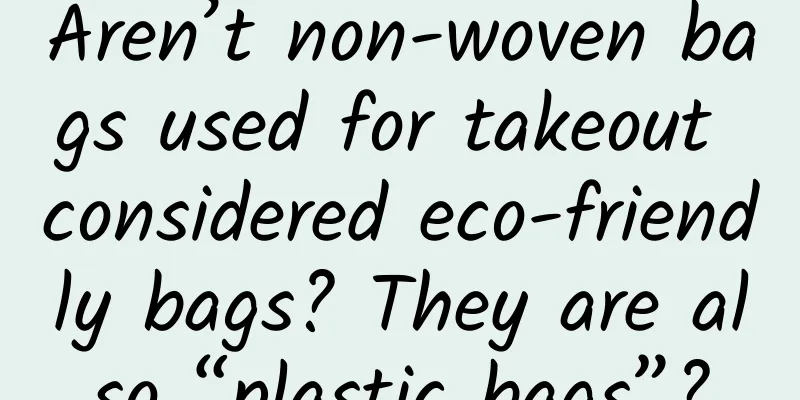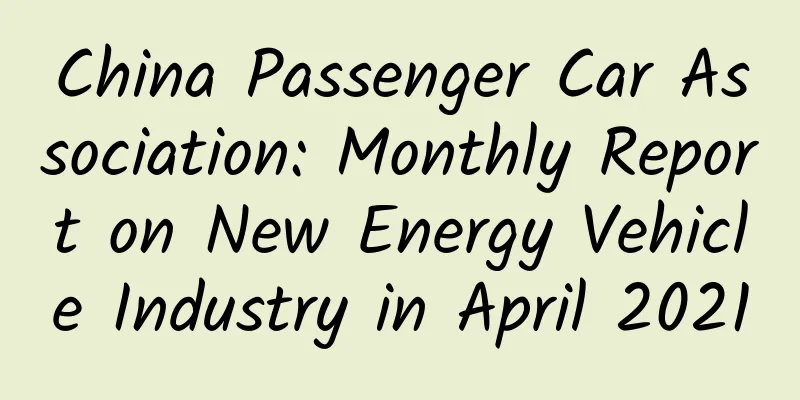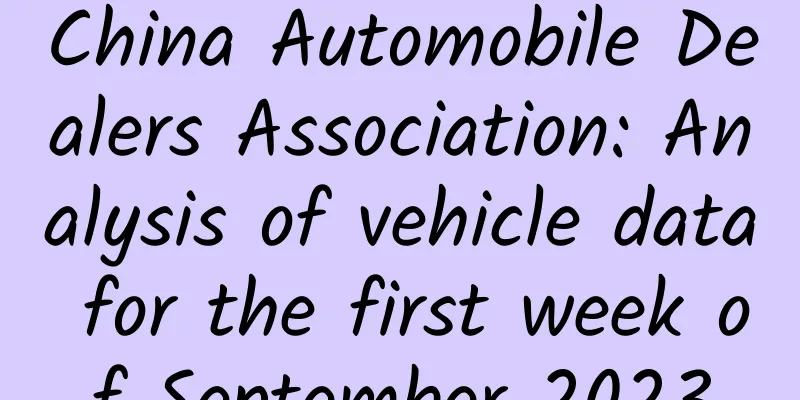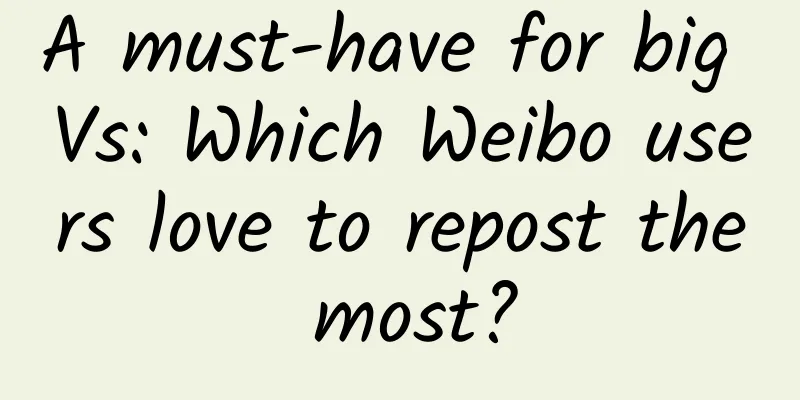Aren’t non-woven bags used for takeout considered eco-friendly bags? They are also “plastic bags”?

|
Now, if you buy vegetables online, you can get a "non-woven bag" in return. ============================= The picture shows a common non-woven bag | Photo provided by the editor Non-woven bags, which are used as garbage bags, are leaky. Although the word "cloth" is in their name, most non-woven bags are actually made of plastic . Why do businesses prefer non-woven bags? What are the advantages of non-woven bags over plastic bags? Unused non-woven bags are not suitable as garbage bags Non-woven fabric, cloth or plastic? Strictly speaking, non-woven fabrics are a process that forms cloth-like objects through bonding or friction instead of weaving. The fibers here can be natural fibers, such as cotton, or chemical fibers, such as polypropylene, a common plastic component. According to the national standard GB/T 5709-1997 "Terminology of Textile Nonwovens", nonwoven fabrics are "sheets, webs or pads made of oriented or randomly arranged fibers bonded together by friction, cohesion, or adhesion , or a combination of these methods, excluding paper, woven fabrics, knitted fabrics, tufted fabrics and wet-felt felt products. The fibers used can be natural or chemical fibers; they can be short fibers, filaments or fibrous materials formed on the spot." [1] | TuChong Creative The fibers currently used to produce nonwovens include polypropylene (63%) , polyester (23%), viscose (8%), acrylic (2%), polyamide (1.5%), and other fibers (2.5%). Among them, viscose is a processed product of natural fibers, while polyester, polypropylene, acrylic, and polyamide fibers are chemical fibers and are also the main polymer components of synthetic plastics . [2] Fibers used to produce nonwoven fabrics|China Industry Information Network Therefore, most of the non-woven bags on the market are actually plastic products. Why do merchants love to use non-woven bags? Polypropylene (PP), the most commonly used material for non-woven fabrics, is almost impossible to degrade into environmentally friendly substances in the natural environment . The second most commonly used material, polyester (mainly PET), also has the same problem. Most semi-aromatic polyesters cannot be naturally degraded. Non-woven plastic fabrics are difficult to degrade, but have a reputation for being environmentally friendly. They appear in more and more occasions: from milk tea packaging bags, supermarket handbags, to tea bags and face towels, non-woven fabrics can be seen everywhere. Many tea bags are also made of non-woven fabrics | Tuchong Creative Why do merchants love to use non-woven bags so much? Since the release of the "Opinions on Further Strengthening Plastic Pollution Control" (hereinafter referred to as the "Opinions") in early 2020, non-degradable plastic bags have been restricted or banned and gradually withdrawn from the market, replaced by more and more non-woven bags . The practice of replacing traditional non-degradable plastic bags with non-woven bags is a " borderline ball ". The word "cloth" makes it look different from the traditional non-degradable plastic bags - the "Opinion" clearly proposes to restrict and prohibit non-degradable plastics, and also proposes to promote the use of environmentally friendly cloth bags and other non-plastic products. But in fact, most non-woven bags do not belong to the "cloth bags" mentioned in the "Opinion", let alone "non-plastic products" . At the same time, the false propaganda of non-woven fabrics by merchants has also given people the illusion of "environmental protection" . Searches on e-commerce platforms have found that some merchants clearly stated on the product page of non-woven fabrics that they used non-degradable polypropylene, but claimed in the title that they were "degradable", which is self-contradictory; some merchants deliberately only said "degradable" but did not indicate the material on the product page, which is a false pretense. In such cases, it is difficult for consumers to identify the merchants' misleading information. A mixed bag of e-commerce ads | Taobao In an online survey, 756 people responded to 1,016 valid questionnaires and said they “believe that non-woven bags are not plastic products and will not cause pollution”[3]. But in fact, if they are also disposable, non-woven bags are even less environmentally friendly than traditional plastic bags . Eco-friendly bags cannot be reused If non-woven bags are to be "environmentally friendly", they actually need to be reused . A study published by the UK Environment Agency in 2011 showed that non-woven bags need to be reused at least 11 times to offset the pollution they cause . An article by the Degradable Plastics Committee also mentioned that if a non-woven bag is used only once, the energy consumption of a single non-woven bag is 17.8 times that of a disposable plastic bag, and the carbon emissions are 16.7 times that of a disposable plastic bag. [3] Since it needs to be reused repeatedly to be "environmentally friendly" in a relative sense, how are we doing now? As for the product itself, if you search on e-commerce platforms, you can see that the non-woven bags sold by merchants are mostly around 30-80 grams per square meter. The lighter weight means thinner thickness and poorer durability, and they will be damaged after a few uses . Non-woven fabrics with poor durability are difficult to reuse multiple times|m.uamq.com In terms of user willingness, the “Consumer-side Research Report on the New Plastic Ban and Restriction Regulations in the Yangtze River Delta” released by the Shanghai Consumer Protection Committee in 2021 showed that 42.6% of respondents said that they would not reuse non-woven bags because they were “poor quality” and “ugly”, and nearly 30% of respondents said that they would directly use non-woven environmentally friendly bags as garbage bags and discard them after being reused once . [3] It seems that non-woven fabrics are still difficult to reuse many times. Moreover, as long as there is a willingness, non-degradable plastic bags can also be reused, so non-woven fabrics have no advantages at all. Plastic restriction policy loopholes Non-woven bags, as essentially non-degradable plastic bags, are still a loophole in the plastic restriction policy . Hainan Province is at the forefront of the country in terms of non-woven fabric policies. On January 4 this year, the Hainan Provincial Department of Ecology and Environment issued an announcement on updating the "List of Disposable Non-degradable Plastic Products Prohibited from Production, Sale and Use in Hainan Province", stipulating that from July 1, 2023, the production, sale and use of non-woven bags weighing less than 100 grams per square meter (ultra-thin) will be prohibited . Judging from the e-commerce platform, most non-woven bags currently sold by merchants are substandard. Non-woven bags are made thicker and stronger, so they can be reused more often, which also increases the recycling value. There is currently a lack of recycling data for ultra-thin non-woven fabrics, probably because the production price is low and the profit from recycling is limited. Direct production is more affordable than recycling and reproducing . Non-woven fabrics that cannot be recycled go directly to landfills or incinerators. However, making non-woven bags thicker is not a good solution, because thicker non-woven bags also mean more carbon emissions in the production process and more resources are consumed. If they are not reused at all, they are not environmentally friendly. Although the non-woven bags of better quality can be used many times, I couldn’t resist ordering takeout several times and received too many of these bags, and I couldn’t use them all. | Photo provided by the editor It is futile to look for solutions in disposable products. Real "reuse" cannot rely solely on the consciousness of consumers. Enterprises and governments should establish a set of supporting facilities to support the operation of "packaging reuse" to give consumers more environmentally friendly options, rather than passively accepting "degradable plastic bags", "non-woven bags", etc. For example, a recycling lunch box model developed by a takeaway company called "Shuangti" has been put into practice in some universities in Guangdong and other places, and has achieved certain economic benefits. Shuangti Smart Canteen Disposable Lunch Box Model (above) and Recyclable Lunch Box Model (below) Operation Process|Get rid of plastic Shuangti's self-service cabinets and reusable lunch boxes also mean higher costs | Get rid of plastic For ordinary consumers like us, instead of worrying about whether the bag is biodegradable or how many times it needs to be reused to offset carbon emissions, it is better to order less takeout when you are not too tired, and reduce the production of disposable products from the source . When you still have energy, go to the store downstairs to eat instead of ordering takeout, and bring shopping bags to the supermarket instead of buying groceries online. To solve the problem of plastic pollution from takeout, the key lies in the government improving legislation and strengthening supervision, and companies must also provide consumers with more environmentally friendly options. References [1] GB/T 5709——1997, Textile terminology for nonwoven fabrics[S]. National Standard of the People's Republic of China, 1997 [2] Production technology, market output and characteristics of China’s nonwovens industry in 2018 Point Analysis [EB/OL]. China Industry Information Network, (2020-03-20). http://www.chyxx.com/industry/202003/844706.html [3] CPPCC website published a report: Do not abuse disposable non-woven bags [OL]. Degradable Plastics Committee, (2022-04-12). https://mp.weixin.qq.com/s/8zybwY-S_jW4E45hldSBOw Author: Baiyu, Yuan Editor: Little Towel, Mai Mai This article comes from GuokrNature (ID: GuokrNature) If you need to reprint, please contact [email protected] Welcome to forward to your circle of friends |
<<: Be careful! These silent fundus diseases are stealing your eyesight...
>>: Is immunity testing really reliable?
Recommend
This vegetable, which many people love to eat, is really not recommended to be eaten with rice, because...
Potatoes are a classic "side dish" that...
iOS Development Tutorial: Gesture Recognition Method
I feel it is necessary to make a brief summary of...
In 2016, these six industries will be completely reshuffled
In 2015, everyone started their own business, and...
Is O blood type really a universal blood type?
Produced by: Science Popularization China Author:...
It is flammable and explosive, and you may wear it every day
Not long ago, a netizen uploaded a video of "...
High-traffic and high-concurrency solution course
: : : : : : : : : : : : : : : : : : : : : : : : : ...
Google's latest app Cardboard Camera turns your phone into a VR camera
Although Samsung Gear VR has been very popular re...
What’s the matter with 58.com officially launching privatization? Why does 58.com want to privatize?
What’s the matter with 58.com officially launchin...
How to build a membership system from 0 to 1?
Looking back at the decades of development of the...
Does the height of the exam room's ceiling affect test scores? New study: This may be true!
By this time, final exams from elementary school ...
"Wi-Fi.HK" free wireless network throughout Hong Kong
This year, the Hong Kong government will work with...
In just a few steps, you can understand how Jianshu has attracted millions of users
Jianshu 's positioning was very clear when it...
Fanstong No. 1: Become a Fanstong master in 3 minutes
Hello everyone, I rarely post content on the offi...
How to replace the official iPhone battery for 218 yuan? Here is a complete and practical guide
On December 29, 2017, Apple apologized to users f...
Android imitates Huawei's weather drawing dial
[[191018]] Rendering You can see that this custom...









